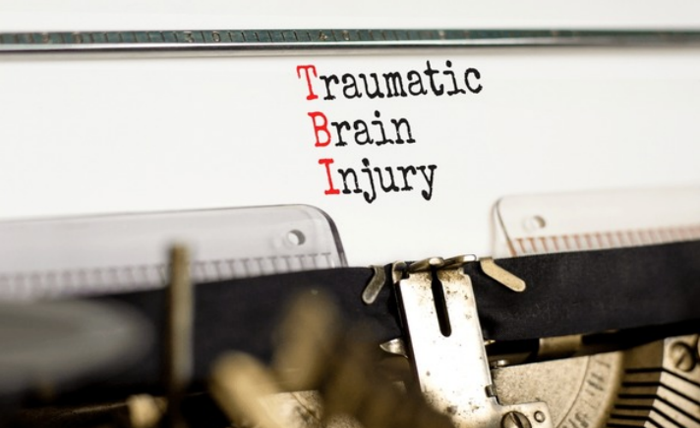Traumatic brain injuries (TBIs) often happen without warning, turning everyday moments into life-altering events. Whether it’s a high-speed car crash, a fall on a hard floor, a workplace accident, or a hit during a game, the brain’s delicate structure can suffer damage that affects thinking, memory, movement, and even personality. These injuries are not always visible, but their impact can be profound and long-lasting.
Every accident is different, and when it results in a traumatic brain injury (TBI), the impact can be life-changing. Victims often face a long road to recovery, with medical, emotional, and financial challenges.
For those left struggling after such injuries, a compensation guide for brain injury victims becomes a crucial lifeline, offering clear steps toward justice and financial relief. This article uncovers the most common accidents that lead to TBIs and highlights what every victim needs to know.
Motor Vehicle Accidents
Motor vehicle collisions top the list as one of the significant causes of traumatic brain injuries. High-speed impacts cause drivers and passengers to strike steering wheels, dashboards, or windows. Even with airbags and seatbelts in place, sudden deceleration forces the brain to shift within the skull, leading to bruising or bleeding.
Rear-end crashes, head-on collisions, and rollovers all increase the risk of brain trauma. Pedestrians and cyclists also face a high chance of head injury when struck during a traffic incident. Motorcyclists are another group that is prone to head injuries. A motorcycle accident lawyer can help protect your rights, handle insurance claims, and pursue fair compensation after an accident.If you have been hurt in a motorcycle accident, speak with a motorcycle accident attorney to hold the negligent party accountable.
Falls
Falls affect people of all ages but hit older adults and construction workers the hardest. A slip on a wet floor or a fall from a ladder leads to a direct impact on the head. In homes, workplaces, and public spaces, uneven surfaces, loose rugs, or unstable structures create serious hazards.
The brain absorbs the full shock when someone lands headfirst, triggering anything from a mild concussion to a severe skull fracture.
Sports and Recreational Injuries
Athletes place themselves at direct risk for TBIs during games and training. Football, boxing, rugby, hockey, and soccer involve repeated blows to the head. Even a single hard tackle or fall during a match triggers brain trauma.
Youth sports also contribute to the statistics, with children and teens suffering concussions during practices and school competitions. Helmets reduce the risk, but fast-paced action and physical contact still leave players susceptible to injury.
Workplace Accidents
Construction sites, warehouses, and factories are high-risk environments where head injuries are a constant threat. Falling tools, malfunctioning machinery, and slippery floors can quickly turn routine tasks into serious accidents.
Some workers fall from ladders or scaffolding, while others are struck by heavy equipment. When proper safety protocols are ignored, or protective gear is missing, the risk of traumatic brain injuries rises sharply, often with life-changing consequences.
Blast Injuries
Military personnel and workers near explosive environments face brain trauma from blasts. Shockwaves from explosions rattle the skull and brain without any direct impact. Many veterans returning from combat zones experience lasting symptoms from these invisible injuries, which continue to affect brain function long after the battlefield is behind them.
Bicycle and Scooter Accidents
Riders on two wheels remain highly exposed during traffic mishaps. Even a low-speed fall leads to serious injury if the head hits the pavement. Without helmets, cyclists and e-scooter riders are exposed to high-impact forces during crashes. Urban settings with congested traffic and limited bike lanes raise the risk even more.
Sports-Related Repetitive Head Trauma
Repeated minor blows can quietly build into severe, lasting damage. Athletes, such as boxers, football players, and martial artists, often face these injuries, sometimes without any initial warning signs. But over time, the impact adds up, leading to long-term issues like memory loss and cognitive decline.
Ultimately, every kind of accident brings trauma that can change a life in an instant. The effects extend beyond the physical, affecting emotional and mental health and often altering the course of someone’s future. Understanding the most common causes of these injuries isn’t just about awareness; it’s the first step toward prevention and protection.


